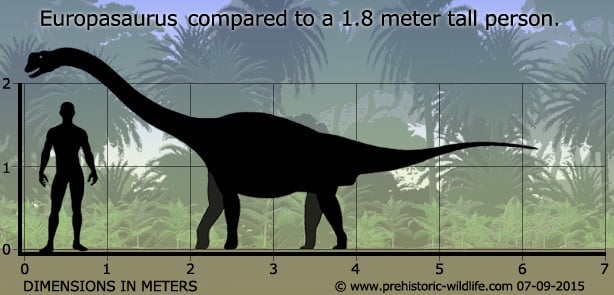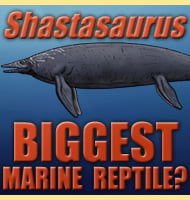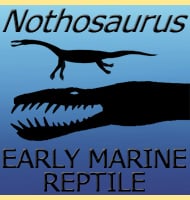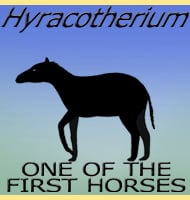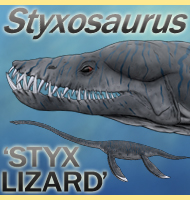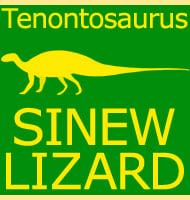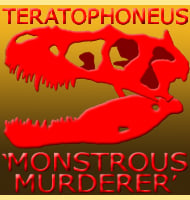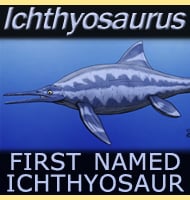In Depth
Europasaurus was a macronarian sauropod which means it was similar in form to such dinosaurs as Camarasaurus and Brachiosaurus. However Europasaurus itself was much smaller than either of these two genera, in fact it is one of the smallest dinosaurs of its kind. The small size of Europasaurus has been interpreted as a case of insular dwarfism, an occurrence where animals grow smaller as to not exhaust the reduced amounts of food present upon isolated island ecosystems. This dwarfism has been confirmed by study of the bones of Europasaurus which show that it grew at a much slower rate than other sauropods, so while it probably matched them in other biological areas, its upper size limit was always capped at a smaller size of what seems to have been around six meters long.
Europasaurus growing smaller is a reaction to the layout of Europe during the late Jurassic which was more akin to a collection of island chains rather than the single large landmass of today. Europasaurus is also not the only dinosaur that grew smaller than its direct ancestors, with Magyarosaurus also thought to represent a dwarf form living in Europe during the late Cretaceous period. By contrast the largest sauropods such as Argentinosaurus, Brachiosaurus and Sauroposeidon are all genera from continental land masses where there was more room and growth to support their larger forms.
Further Reading
– Bone histology indicates insular dwarfism in a new Late Jurassic sauropod dinosaur. – Nature 441:739-741. – P. M. Sander, O. Mateus, T. Laven & N. Kn�tschke – 2006. – Cranial anatomy of the Late Jurassic dwarf sauropod Europasaurus holgeri (Dinosauria, Camarasauromorpha): Ontogenetic changes and size dimorphism. – Journal of Systematic Palaeontology: 1–43. – J. S. Marpmann, J. L. Carballido, P. M. Sander & N. Kn�tschke. – 2014. – Dinosaur tracks from the Langenberg Quarry (Late Jurassic, Germany) reconstructed with historical photogrammetry: Evidence for large theropods soon after insular dwarfism. – Palaeontologia Electronica. 18 (2): 1–34. – J. N. Lallensack, M. P. Sander, N. Kn�tschke & O. Wings – 2015.
